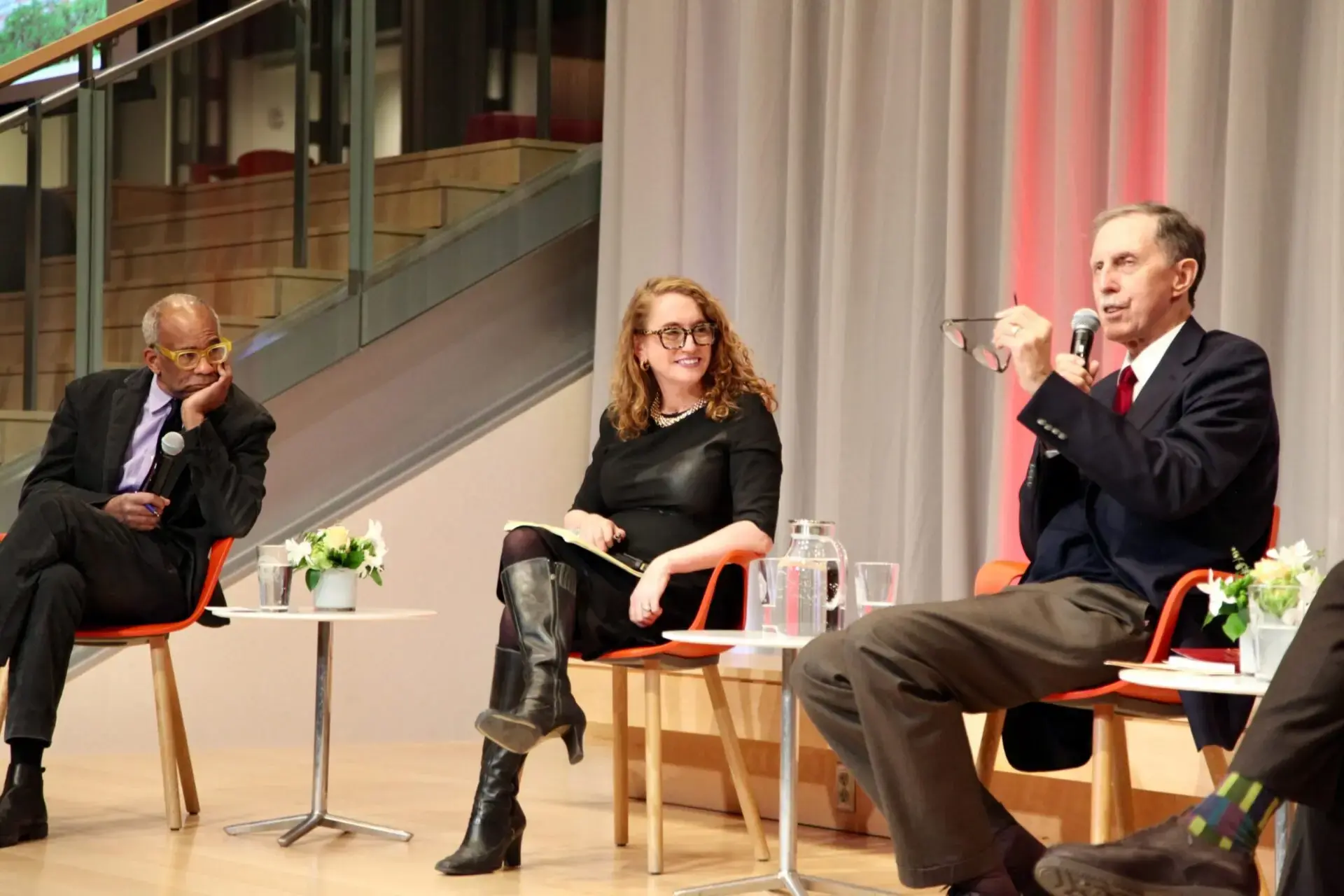Mis- and disinformation are spreading in the wake of the growing wave of protests on college and university campuses over the Israel/Hamas war.
Misinformation—false claims spread unintentionally; and disinformation—false claims spread with the intention of deceiving and manipulating, affect us all. This is particularly the case in moments of heightened emotion and tension, during which events on the ground may be evolving quickly, many people are getting their news from social media, and the information landscape is murky. For example, the AP fact-checked a popular, but false, claim on social media that the National Guard had been called on April 24 to crack down on student protests at the University of Texas at Austin, when in fact it was state police who were called to the campus.
By consuming information and sharing with intention, we are empowered as more responsible civic actors. Below are tips on how to minimize the spread of misleading information and outright disinformation related to protests:
1. Recognizing and combating mis- and disinformation can begin with the most simple action: take a beat and question your reaction to what you see online.
We are more likely to believe information that confirms our existing biases. This is part of why mis- and disinformation spread so quickly—we often latch onto signals of urgency and emotional appeals that resonate with our belief systems. Take a beat and question what you see before you share a claim, especially if it has caused you to have an emotional reaction. Confirmation bias can lead us toward overly simplistic thinking, flattening nuance. Repeated exposure to false claims can make them seem more credible than they really are (the “illusory truth effect”). Be open to learning, to being surprised, and for the situation to continue to change. If you’re having a “this is exactly as I expected,” response, you may be missing something.
2. Photos and videos may be altered or taken out of context. Check the sources before you share.
Not all videos and images shared on social media platforms purporting to depict the current protests are legitimate. Some are miscaptioned, misidentified, Photoshopped, cropped, or drawn from different protests elsewhere in the world and even years prior. Before sharing or validating these images, consider the source, run a reverse image search using TinEye or Google to learn more about the image’s origin, or see if the image or video is available from someone who was an eyewitness or can confirm its authenticity. Reputable news organizations and even fact-checking organizations have tools and processes in place to authenticate video so their feeds can be a useful guide. Consult the Verification Handbook for more detailed guidance on spotting mis- and disinformation during breaking news events.
3. Keep an eye out for unverified news sites or accounts that promote false headlines.
Do you know your news source? Really? One common disinformation tactic is the creation of false news sites, which often have believable names and masquerade as reputable local papers. These are often referred to as “pink slime” news sites. Maybe it’s called The Local Gazette or Chesapeake Bay Times, something vague but not entirely unexpected; you might come across their stories and take them as credible. But bad actors intentionally invoke the trappings of bogus news outlets to elevate conspiracies and falsehoods. This is particularly dangerous, given the spread of generative AI, making it easier to create fraudulent platforms, fake photos, videos, audio, and text that look credible and convincing.
Whether it is a site pretending to be a real outlet or a blog that seems to be sharing credible information, verify the sources of your news before you share it. Fact-checking sites like FactCheck.org, PolitiFact.com, or BBC Verify can help. And don’t rely on a single source, if possible. Practice lateral reading by searching for articles on the same topic by various writers. Spreading content from unreliable sources also risks propagating falsehoods about the subjects of that reporting, which can put those individuals at personal risk of online or offline harassment.
4. Consider the role of press access and censorship in shaping the flow of information.
Heavy police presence and restrictions on access to campus can make it more difficult to get accurate on-the-ground information from sources. For example, on UT Austin’s campus, police arrested a journalist during crackdowns on a demonstration on April 24, 2024. Additionally, there were also reports that restrictions initially placed on access to the Columbia University campus during protests made it difficult for some journalists to cover events, rendering it harder to counter misleading information on social media. Consider following the coverage offered by those reporting from close to events, including student publications, other reputable local outlets, and outlets with robust reputations for fact-checking. Reading more than one credible local source can help ensure that you get details of fast-moving events that are accurate.
Additionally, research has also found that some social media platforms have restricted pro-Palestinian voices online. Regardless of whether you agree or disagree with the politics of the protesters, in determining which stories to share, consider whose voices might be absent from the conversation or how the conflict may be affecting what information is available. Keep in mind that spreading any information that may be biased — against any group — could contribute to escalating tensions.
5. Take control of your digital experience.
Regularly conduct scans of how and where you consume information. Are you relying exclusively on social media echo chambers or are you regularly checking directly with at least some diverse and generally reliable local and national news outlets? Information from social media may offer valuable firsthand accounts from participants on the front lines—but disinformation can spread rapidly on social media where, among other things, algorithms tend to amplify the most incendiary content, and bad actors may seek to stoke divisions by spreading inflammatory falsehoods in a moment of heightened tensions and emotions. Even in the best cases, such content may be subjective and lack context, may be posted quickly and without fact-checking, and may show only one small part of a larger event. Meanwhile, while you may find institutional sources useful, consider also that the information they share may reflect only the outlook of the institution. Whenever possible, seek out information sources that cover multiple viewpoints on an event and seek out multiple credible sources to triangulate information that may be changing quickly–and encourage family and friends to do the same!
6. Be a resource for your community!
An overwhelming majority of Americans believe that the most trustworthy sources of information are their friends and family. You are the best defense that your community has against the spread of disinformation. Offer corrections when relevant, and boost accurate information to those in your network. It can be tricky to do this when your friends and family might be sharing false information themselves; PEN America has a tipsheet to guide you through that process: How to Talk to Friends and Family Who Share Misinformation.
You can also share resources on mis- and disinformation and easy tools to conduct fact-checks using trusted fact-checking websites such as FactCheck.org or PolitiFact.com; encourage others to take advantage of PEN America’s resources on disinformation, and make use of and share PEN America’s tip sheet on communicating during contentious times.
You can find more resources from PEN America on combating disinformation on our issue page. And be sure to keep up with PEN America’s growing resource list supporting campus free speech.









